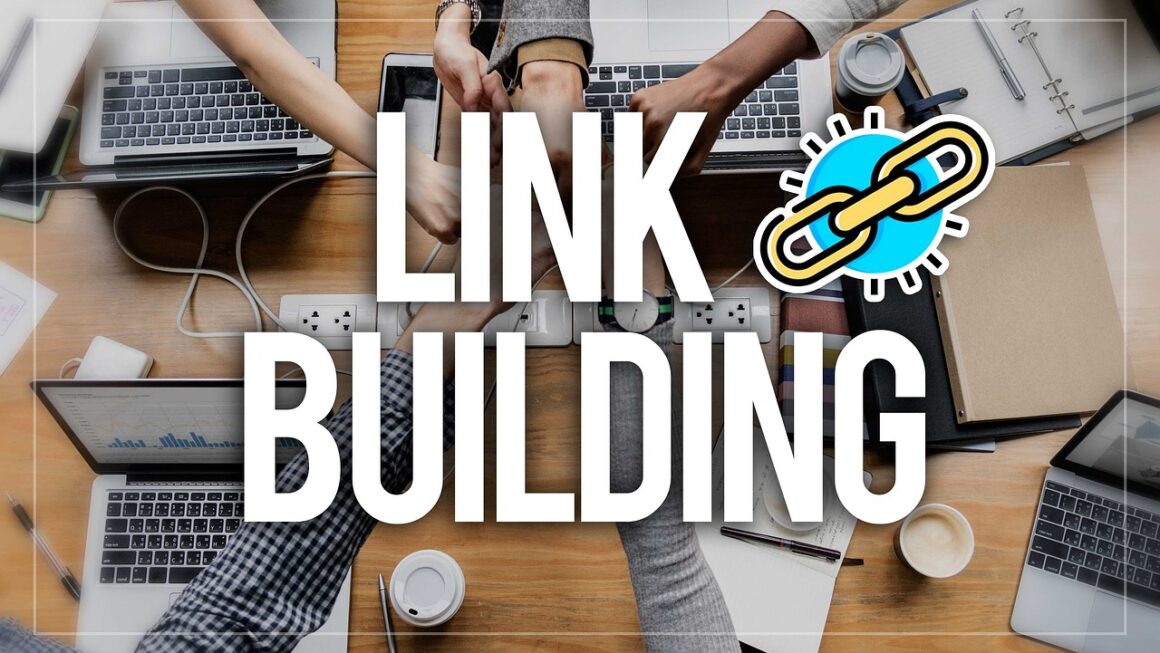A/B testing is a cornerstone of digital optimization, allowing marketers and product teams to refine everything from website copy to user interfaces. But traditional A/B testing can be time-consuming and resource-intensive. Enter AI A/B testing, a smarter, faster, and more efficient way to optimize your digital experiences. This technology leverages artificial intelligence and machine learning to accelerate testing, personalize variations, and ultimately drive better results. This post will delve into the ins and outs of AI A/B testing, exploring its benefits, how it works, and how to implement it effectively.
What is AI A/B Testing?
AI A/B testing, also known as adaptive A/B testing or multi-armed bandit testing, goes beyond simply comparing two versions of a page or element. It uses machine learning algorithms to dynamically adjust traffic allocation based on real-time performance data. This means that instead of waiting for a statistically significant result after weeks or months, the AI learns and adapts, sending more traffic to the winning variation almost immediately.
How AI A/B Testing Differs from Traditional A/B Testing
- Traffic Allocation: Traditional A/B testing typically splits traffic evenly between variations (A and B). AI A/B testing dynamically adjusts this split, favoring the higher-performing variation.
- Speed & Efficiency: AI A/B testing can achieve statistically significant results much faster than traditional methods, especially when dealing with large traffic volumes.
- Personalization: AI can personalize variations based on user behavior, demographics, or other data points, creating a more tailored experience.
- Continuous Optimization: Unlike traditional A/B tests, which conclude after a set period, AI A/B testing can continuously optimize, even after initial winners are identified.
Benefits of AI A/B Testing
- Faster Results: Machine learning algorithms analyze data in real-time, identifying winning variations quicker and reducing wasted traffic to underperforming options.
- Improved Conversion Rates: By dynamically allocating traffic to the best-performing variations, AI A/B testing can significantly improve conversion rates and other key metrics.
- Personalized Experiences: AI allows you to test personalized variations tailored to individual users or user segments, leading to a more relevant and engaging experience.
- Reduced Manual Effort: Automation reduces the need for manual monitoring and analysis, freeing up time for other tasks.
- More Efficient Resource Allocation: By quickly identifying and scaling winning variations, AI A/B testing helps optimize resource allocation and maximize ROI.
- Better Statistical Power: AI can handle more complex scenarios and deliver more statistically sound results.
Implementing AI A/B Testing: A Step-by-Step Guide
Successfully implementing AI A/B testing requires careful planning and execution. Here’s a step-by-step guide to get you started:
1. Define Clear Goals and KPIs
- Identify Objectives: What do you want to achieve with your A/B testing? Are you looking to increase conversions, improve engagement, or reduce bounce rates?
- Select Key Performance Indicators (KPIs): Choose metrics that directly reflect your objectives. Examples include conversion rate, click-through rate (CTR), time on page, and revenue per visitor.
- Set Measurable Targets: Define specific, measurable, achievable, relevant, and time-bound (SMART) targets for your A/B tests. For example, “Increase conversion rate on the product page by 10% within 4 weeks.”
2. Choose the Right AI A/B Testing Platform
- Consider Features and Functionality: Look for a platform that offers features like automated traffic allocation, real-time reporting, personalization options, and integration with your existing marketing stack.
- Evaluate Ease of Use: Choose a platform that is user-friendly and easy to learn, even for non-technical users.
- Check Pricing and Scalability: Select a platform that fits your budget and can scale as your testing needs grow. Some platforms offer free trials or freemium plans to get you started. Popular platforms include Optimizely, VWO, and Google Optimize (with integrations).
- Ensure Integration: Confirm the platform seamlessly integrates with your existing analytics tools (e.g., Google Analytics, Adobe Analytics), CRM (e.g., Salesforce, HubSpot), and other relevant systems.
3. Formulate Hypotheses and Design Variations
- Analyze User Behavior: Use data from your analytics tools to identify areas where users are dropping off or experiencing friction.
- Develop Hypotheses: Formulate hypotheses based on your analysis. A good hypothesis should be testable and address a specific problem. For example, “Changing the headline on the landing page will increase conversion rates.”
- Create Variations: Design variations of your page or element that address your hypothesis. Be creative and test bold changes. Examples include different headlines, calls to action, images, layouts, and pricing strategies.
4. Configure and Launch Your AI A/B Test
- Set Up the Test in Your Platform: Configure your A/B test in your chosen platform, specifying the variations, traffic allocation settings (initially, let the AI platform manage this), and KPIs.
- Implement Tracking: Ensure that your tracking is properly implemented to accurately measure the performance of each variation.
- Monitor Performance: Closely monitor the performance of your A/B test in real-time. Pay attention to the traffic allocation and how each variation is performing against your KPIs.
5. Analyze Results and Iterate
- Evaluate Statistical Significance: While AI handles a lot of the analysis, understand the statistical significance of the results to ensure they are reliable. Your platform should provide this information.
- Identify Winning Variations: Determine which variation(s) performed best against your KPIs.
- Implement Winners: Deploy the winning variation to your live site or application.
- Iterate and Test Further: Don’t stop there! Use the insights you gained from your A/B test to formulate new hypotheses and test further improvements. This continuous cycle of testing and optimization is key to maximizing your results.
Practical Examples of AI A/B Testing
AI A/B testing can be applied to a wide range of scenarios. Here are a few practical examples:
- E-commerce Product Pages: Test different product descriptions, images, and call-to-action buttons to see which combinations drive the most sales. AI can personalize these elements based on user browsing history or past purchases.
- Landing Page Optimization: Experiment with different headlines, layouts, and forms to optimize lead generation. AI can adapt the content and layout based on the user’s source (e.g., Google Ads, social media).
- Email Marketing: Test different subject lines, email body copy, and calls to action to improve open rates and click-through rates. AI can personalize email content based on user demographics and behavior. For example, different offers can be shown to different segments of your email list.
- Pricing Strategies: Test different pricing models and discounts to optimize revenue. AI can personalize pricing based on user location, purchase history, or other factors.
- User Interface (UI) Changes: Test different UI elements, such as button placement, navigation menus, and font styles, to improve user experience. AI can adapt the UI based on user device or operating system.
Common Pitfalls to Avoid in AI A/B Testing
- Insufficient Traffic: AI A/B testing requires a certain amount of traffic to function effectively. If you don’t have enough traffic, you may not get statistically significant results.
- Poor Hypothesis Formulation: A poorly formulated hypothesis can lead to wasted time and resources. Make sure your hypotheses are based on data and address specific problems.
- Inadequate Tracking: Inaccurate tracking can lead to misleading results. Ensure that your tracking is properly implemented and that you are measuring the right KPIs.
- Ignoring Qualitative Data: While AI provides valuable quantitative data, don’t ignore qualitative feedback from users. Surveys, user interviews, and usability testing can provide valuable insights.
- Over-Reliance on Automation: While AI can automate many aspects of A/B testing, it’s important to still be involved in the process. Use your judgment and expertise to interpret the results and make informed decisions.
Conclusion
AI A/B testing represents a significant advancement in digital optimization. By leveraging the power of artificial intelligence and machine learning, you can achieve faster results, personalize experiences, and drive better business outcomes. By understanding the fundamentals of AI A/B testing, choosing the right platform, and following a structured implementation process, you can unlock the full potential of this powerful technology and gain a competitive edge. Remember to continuously iterate, test new ideas, and stay informed about the latest advancements in AI A/B testing to maximize your results.




